EU Is Laying the Foundations of a European Defence Union
Adelina Marini, May 1, 2018
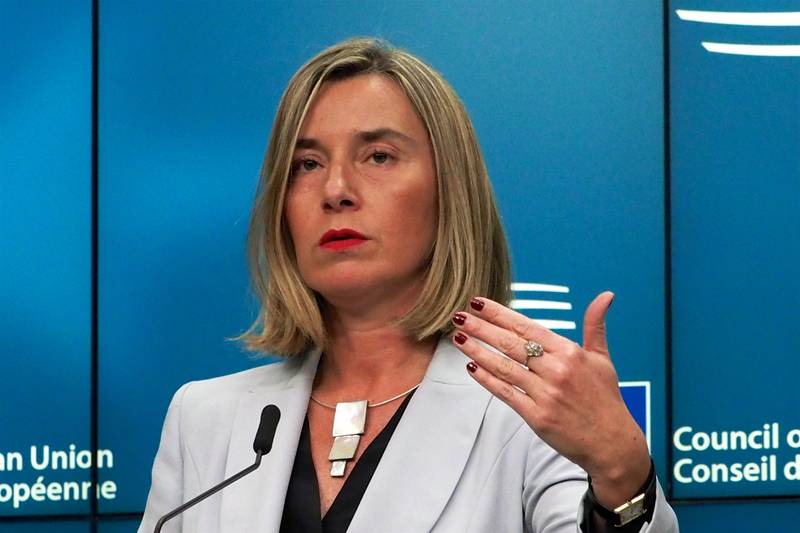 When France and the UK decided to join efforts with the US to respond to the chemical attack in the Syrian town of Douma many in the EU, mostly in the European Parliament, criticised the two EU member states for not consulting at EU level on the upcoming strikes. Moreover, the leader of the Liberals in the EP, Guy Verhofstadt (Belgium), reminded the French head of state of a very unpleasant fact from history, namely how the French National Assembly rejected in 1954 the proposal for the establishment of a European Defence Community.
When France and the UK decided to join efforts with the US to respond to the chemical attack in the Syrian town of Douma many in the EU, mostly in the European Parliament, criticised the two EU member states for not consulting at EU level on the upcoming strikes. Moreover, the leader of the Liberals in the EP, Guy Verhofstadt (Belgium), reminded the French head of state of a very unpleasant fact from history, namely how the French National Assembly rejected in 1954 the proposal for the establishment of a European Defence Community.
"Your strength shows your weakness too. It's France that takes part in the military offensive in Syria. It's the UK. Not the EU. Sixty-five years after the national assembly scuppered the European defence community, there is still no European army. Because of the unanimity rule which is still there in European foreign policy", said the former Belgian prime minister during a three-hour long debate with President Emmanuel Macron on 17 April. In response to criticism, Emmanuel Macron recalled that the president of France has clearly stated powers in the Constitution and can take decisions.
Despite these words of typical French sovereigntism regarding defence and of past French resistance to integration in the area of defence, Emmanuel Macron is currently the most powerful driver of a European Defence Union. However, the construction is in the very beginning. Yet the foundations are being laid. Ink under the agreement on creating the Permanent Structured Cooperation, known by its abbreviation PESCO, not yet dry and the first meeting of the format, in which 25 of the 28 member states take part, happened in the beginning of March. EU High Representative for Foreign and Security policy Federica Mogherini (Italy, S&D) called it a "historic" meeting.
At it, the PESCO defence ministers approved a roadmap to build a defence union, the first list of projects and some working rules for the format. Seventeen projects have been approved among which creating a European Medical Command, in which will take part Germany, the Czech Republic, Spain, France, Italy, the Netherlands, Romania, Slovakia, Sweden; a network of logistics hubs in Europe and support for operations, in which will take part Germany, Belgium, Bulgaria, Greece, Spain, France, Croatia, Italy, Cyprus, Hungary, the Netherlands, Slovenia, Slovakia; military mobility - all but one; Cyber Threats and Incident Response Information Sharing Platform in which Greece, Spain, France, Croatia, the Netherlands, Romania, Finland are interested; Strategic Command and Control (C2) System for CSDP Missions and Operations - Spain, Germany, Italy, Portugal. A full list of the projects and which countries participate in which you can see here.
The ministers will work in three directions in the coming months. There will be parallel work on PESCO projects and joint projects with NATO as the focus falls on military mobility to ensure the rapid and easy movement of troops and equipment across EU territory. On this occasion, on 28 March, the European Commission presented an action plan for military mobility. Twenty-five countries sais they are interested in participating. Currently, there are four problems before military mobility in the EU: legal obstacles, different military requirements and infrastructure standards; cross-border permissions, customs (and VAT).
Last year, under the Council presidency of Estonia, a pilot exercise took place, the aim of which was to identify problems related to military mobility. The Netherlands, Belgium, Germany, Poland, Lithuania, Latvia, Estonia and Finland took part in the exercise. Various weaknesses were identified of the transport networks. Those are practical flaws like, for instance, insufficient weight tolerance of certain bridges which cannot tolerate oversized or over-weighted military vehicles. Problems have also been identified in the railway infrastructure which, in some cases, lacks sufficient loading capacity to move oversized military equipment.
Nevertheless, it has been established that there are great opportunities for dual use of infrastructure (for civilian and military use). On the basis of this exercise, the Commission plans to identify by 2019 which parts of the trans-European transport network are appropriate for military transport. It will also suggest whether infrastructure can be upgraded. By spring 2019, the European Defence Agency, the European External Action Service and the EU military staff and other bodies will explore all available national provisions, definitions, rules and standards with the aim to unify them. By the end of 2018, the Commission will map all customs-related activities covered by form 302, which emerged as one of the main obstacles to cross-border transportation of military goods, and will offer a solution.
Also by the end of the year, the Commission will study the possibilities to simplify and harmonise all customs formalities related to military operations. It will propose a unified application of the relevant customs provisions. In addition, it will see whether there is a need to amend the existing European legislation. In its action plan, the Commission urged the member states to analyse, by 2020, their own need for development of electronic systems to manage customs activities related to military forces by using the European space technologies.
Another problem for military mobility are the existing VAT rules. It is proposed all defence goods, like training and exercise materials, accommodation, food, fuel, etc. to be treated equally to reduce administrative burden and to avoid delays and therefore movement costs, which are evaluated at 30 bn euros. Another obstacle is the system of diplomatic permissions. The Commission proposes to think in the direction of achieving an arrangement to issue permissions for land movement for roads, railways, waterways using common rules and procedures, especially for missions and operations of the Common Security and Defence Policy.
Regarding air transportation of troops and equipment, everything is carried out now on the basis of bilateral agreements or diplomatic permissions. By the summer, the European Defence Agency will develop a form for a cross-border transportation permission. The member states, for their part, have to analyse their national regulations to see where there are problems and how to resolve them. Transport Commissioner Violeta Bulc (Slovenia, ALDE) summarised, when presenting the plan, that everything is 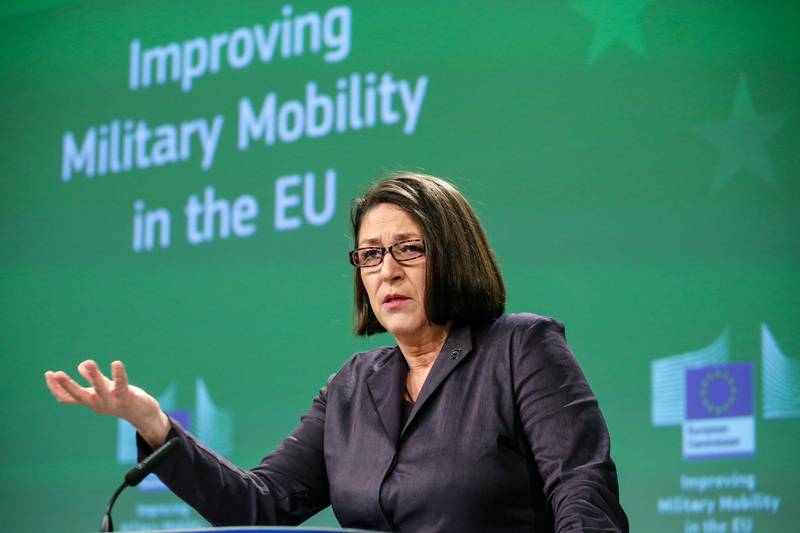 about harmonising the fragmented national rules and simplifying procedures that hamper military movement along the existing 9 major European transport corridors.
about harmonising the fragmented national rules and simplifying procedures that hamper military movement along the existing 9 major European transport corridors.
In the same time, she said that it is possible that needs may emerge for new missing transport links, the building of which can be funded by the EU. The nine transport corridors are: Scandinavian-Mediterranean; North Sea-Baltic; North Sea-Mediterranean; Baltic-Adriatic; Orient/East-Mediterranean; Rhine-Alpine; Rhine-Danube; Mediterranean; Atlantic. Asked which direction does she expect the biggest danger to come from, Ms Bulc said she is for everlasting peace which is the main reason for the creation of the EU.
"[B]ut I don't want to be surprised and not ready in case that certain conditions occur. We know that the world is very unpredictable and we've seen that many changes happening in the last couple of years, and even in the last couple of months, but I would like to re-stress again - this is a stocktaking, that we know where we are, what kind of challenges we are faced with and that we can come up with a clear action list that we can then start executing in order to make sure that we are ready in case we have to be ready. But I really hope this will never happen", the Slovenian commissioner added. She also said that improving military mobility is only one of the very practical steps toward a full-fledged defence union by 2025.
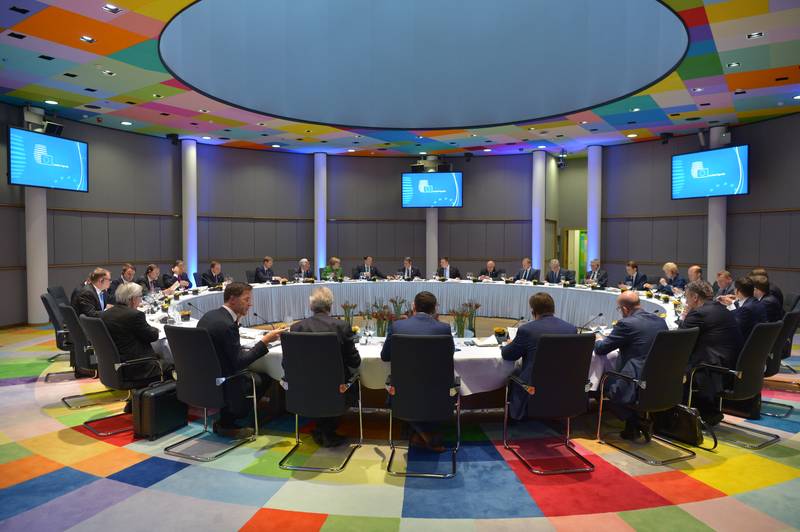 | © Council of the EU
| © Council of the EU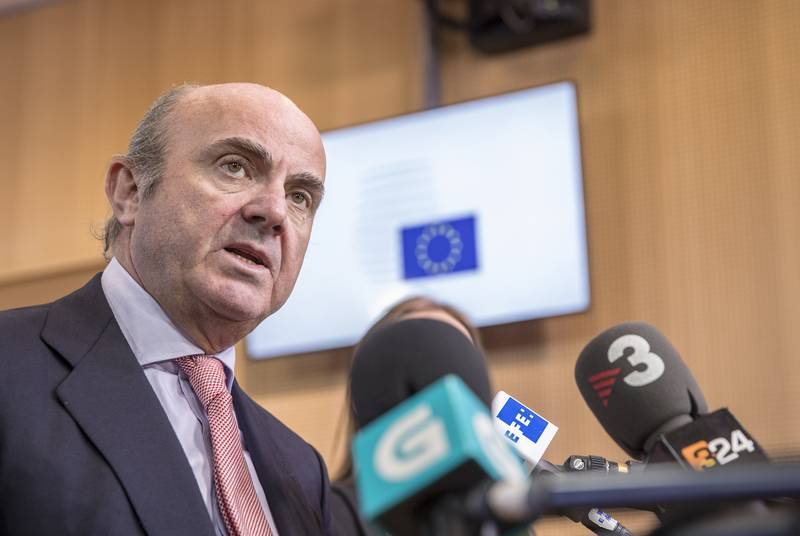 Luis De Guindos | © Council of the EU
Luis De Guindos | © Council of the EU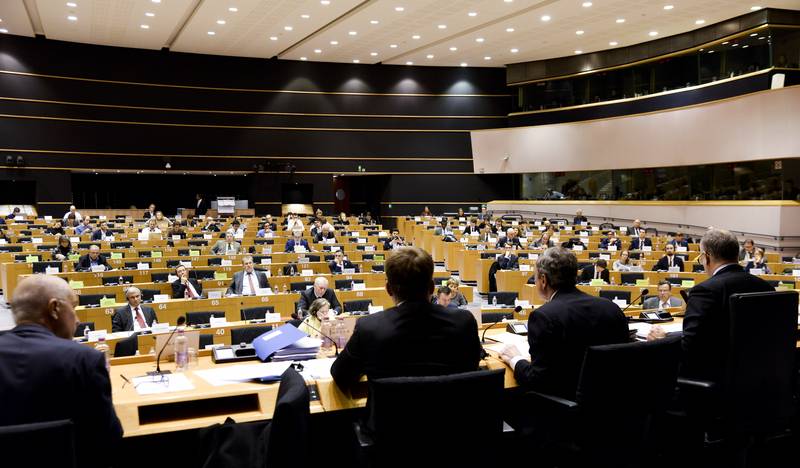 Mario Draghi | © European Parliament
Mario Draghi | © European Parliament